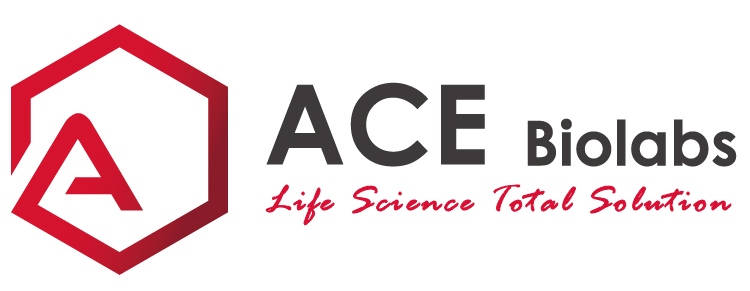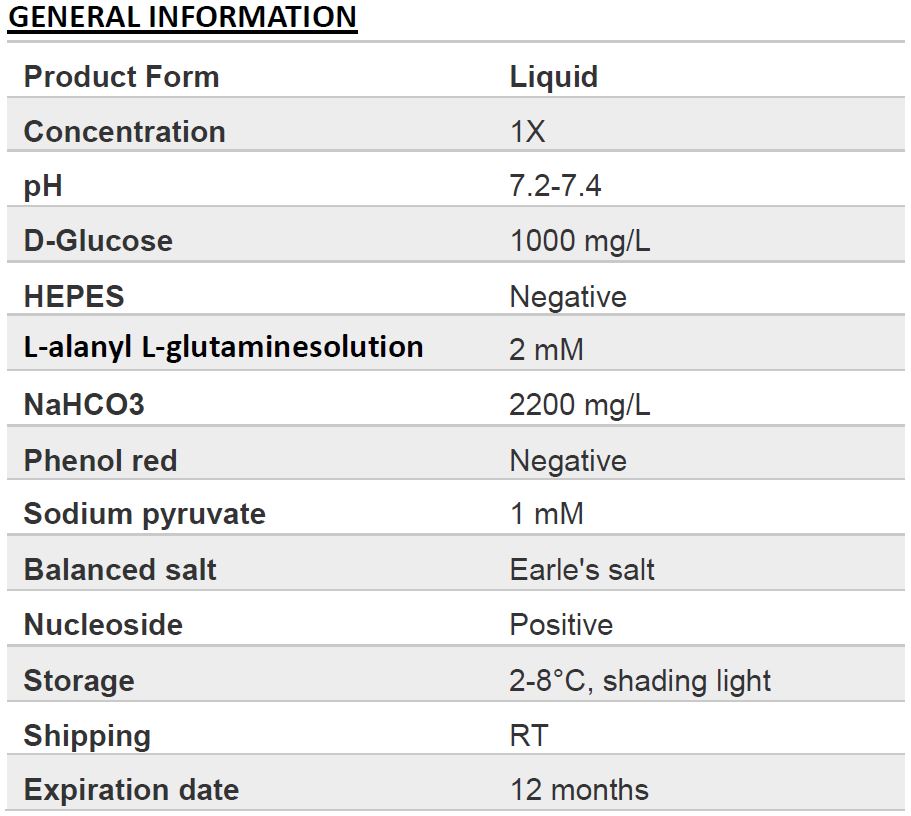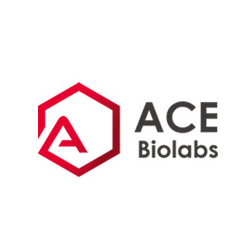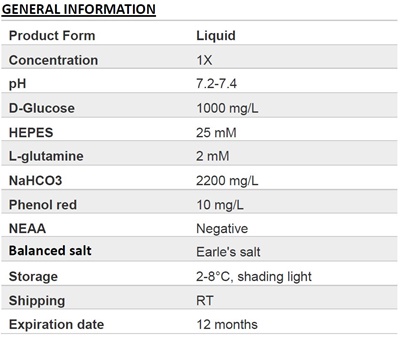Cell culture , Culture Medium , MEMα
MEMα (without phenol red)
Catalog Number :
CM2509
Number : CM2509
Size:500mL 10*500mL Qty :
Price :
Request
Stock :
Request
Introduction
MEMα is a versatile basal medium optimized for the growth of mammalian suspension and adherent cell lines, as well as for DHFR-negative cell selection. This α-modified formulation builds on classic MEM by incorporating critical metabolic enhancers while omitting phenol red to reduce assay background. MEMα supports a broad range of cell types, including keratinocytes, astrocytes, CHO-DG44, and melanoma lines.
Form Liquid
Cell Line MSC, CHO, Primary rat astrocytes, Human, keratinocytes, Melanoma cells, NK-92 MI, NK/T, MC3T3-E1
Sterility Sterile-filtered
Endotoxin ≤0.25 EU/mL
pH 7.0-7.4
Osmolality 280-330 mOsm/kg
Quality GMP-compliant under the ISO 13485 standard
Serum level Standrad serum supplementation
Storage conditions 2-8° C. Protect from light
Shelf life 12 months
Modification
With (+)
Without (-)
Ribonucleosides
Phenol red
Deoxyribonucleosides
HEPES
L-Glutamine
Sodium pyruvate
Product Highlights
Broad Cell Compatibility
Supports both anchorage-dependent and suspension cultures, including primary cells and transfected DHFR-negative lines (e.g., CHO-DG44).
Assay-Ready, Low-Background
Free of phenol red to minimize interference in spectrophotometric, fluorescence, and luminescence assays.
Enhanced Metabolic Support
Enriched with key cofactors (pyruvate, lipoic acid, vitamins) and stabilized L-glutamine to promote robust cell growth and viability.
DHFR Selection Capability
Optional omission of nucleosides allows direct use as selective medium for DHFR-deficient cell lines.
Quality Manufacturing
Produced under GMP conditions, with USP-grade water for injection to ensure ultra-low endotoxin and RNase/DNase-free performance.
Recommended Use
Supplementation
Protein- and growth factor–free. We recommend adding 10% Fetal Bovine Serum (FBS) or defined serum replacements according to your application needs.
Culture Conditions
Incubate in 5–10% CO₂ at 37 °C to maintain optimal pH with the sodium bicarbonate buffering system.
Applications
Routine propagation of mammalian cell lines
Transfection, gene amplification, and selection studies
Primary cell maintenance and stem cell expansion
Drug screening, toxicology assays, and bioproduction








.png)